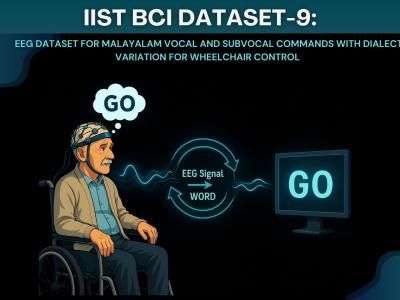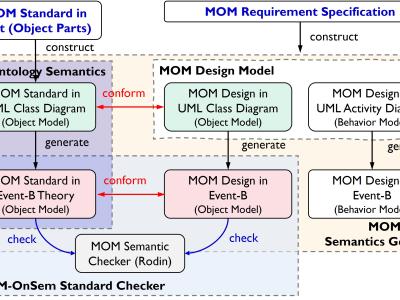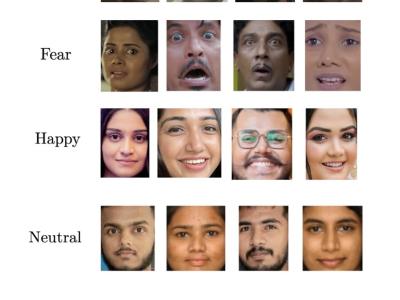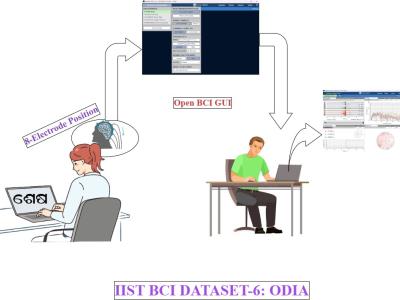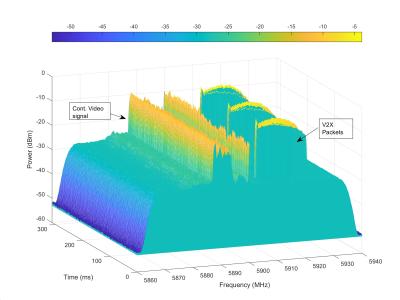
This paper explores the applications of the 45 MHz U-NII-4 band in vehicle-to-everything (V2X) communication system, a technology adopted (or being adopted) by numerous countries to facilitate safety warning applications and mitigate collision risks. However, the operational efficiency of V2X systems can be undermined by intentional and unintentional interference provoked by the increasing user base in adjacent bands and potential malicious entities in the V2X operating band.
- Categories:
